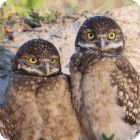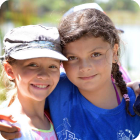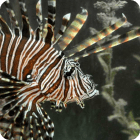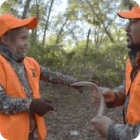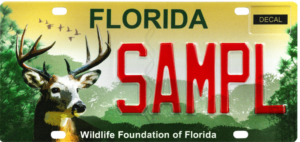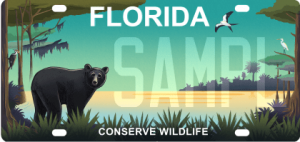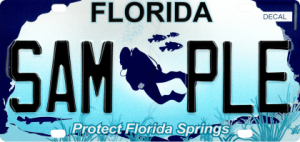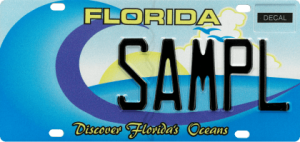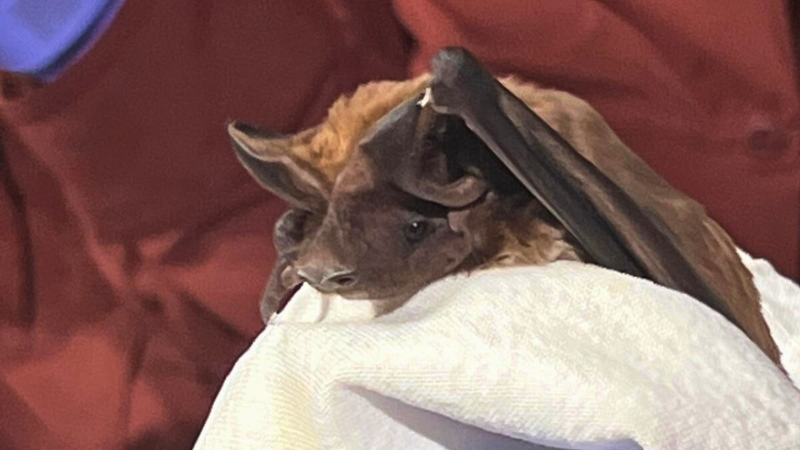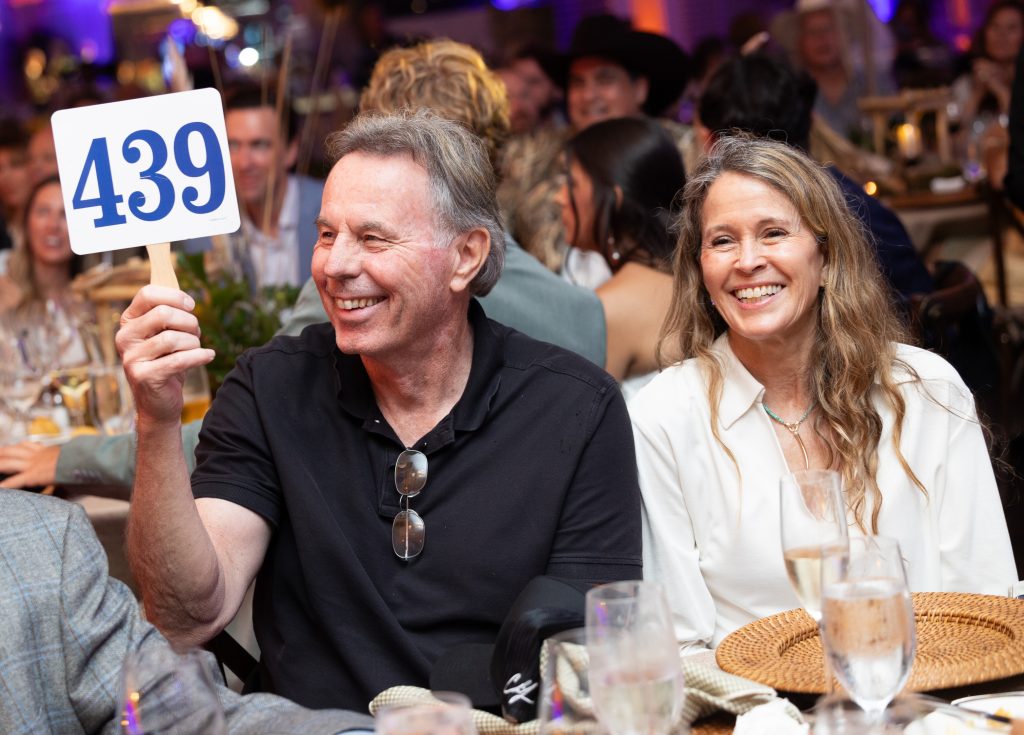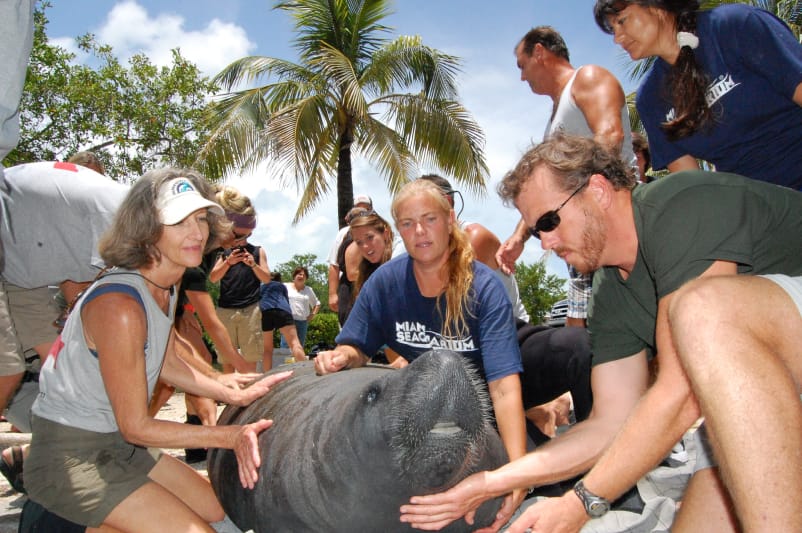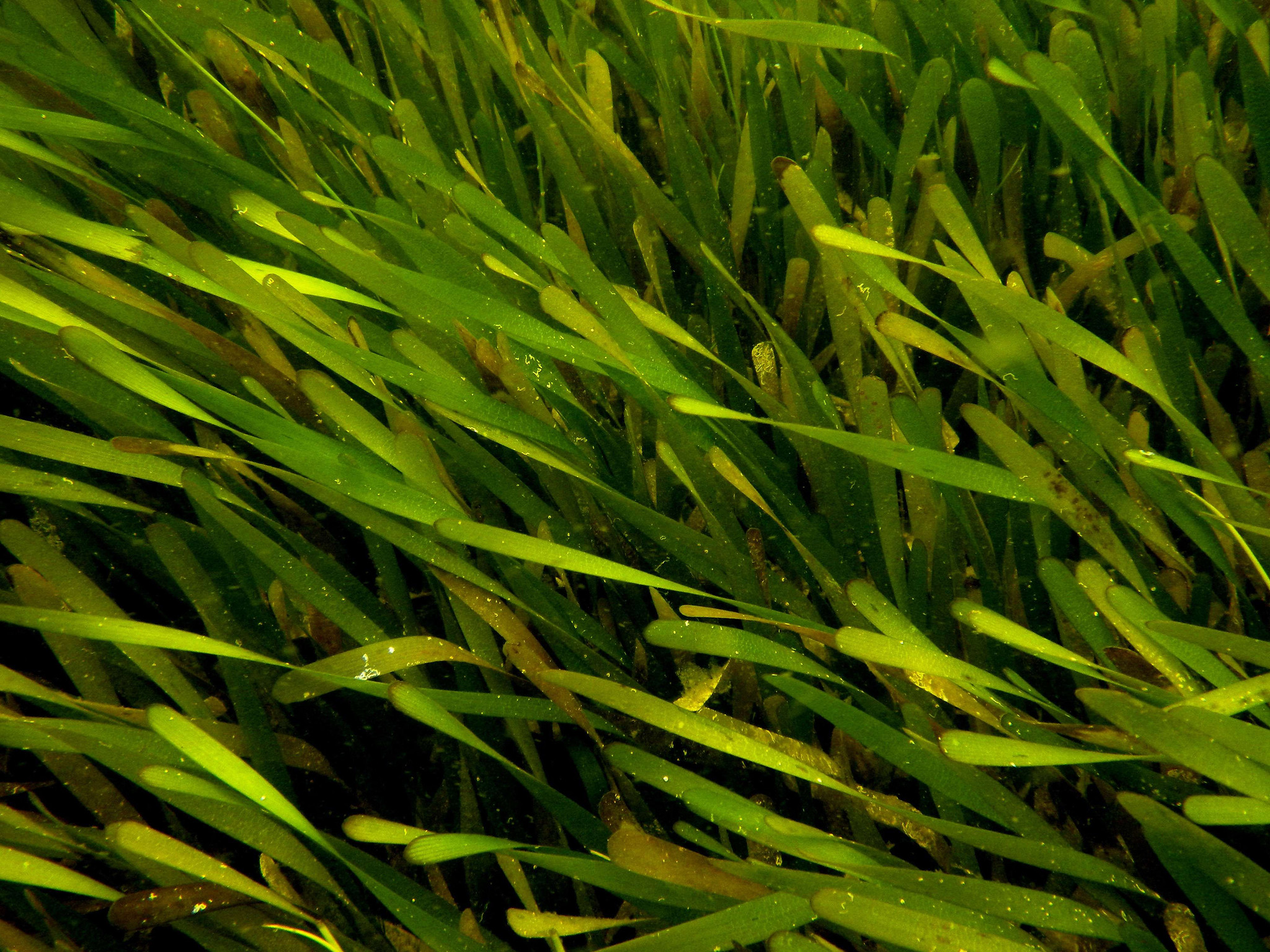
Seagrass Awareness Month takes place every March to raise awareness about the significance of seagrass and eelgrass for the state’s waterways and wildlife. Seagrass beds are essential habitats that support a diverse array of marine species, including fish, crustaceans, sea turtles, and of course, our beloved manatees. Seagrasses also play a vital role in maintaining water quality by trapping sediments and pollutants and releasing oxygen during photosynthesis. In Florida alone, seagrasses cover over 2.3 million acres of shallow coastal waters, making it the largest seagrass ecosystem in the United States. They support commercial and recreational fishing activities, which contribute significantly to the state’s economy and also serve as a natural defense against coastal erosion and storm surge. But they are under threat from pollution, coastal development, and climate change. Their conservation is crucial for the ecological and economic sustainability of Florida.
One of the most iconic seagrass habitats in Florida is the Indian River Lagoon. More than 2,200 species of animals, including nearly 700 fish, 68 reptiles and amphibians, 370 birds, and 29 mammal species called the lagoon home, but it is sadly in an ecological crisis. The lagoon has been ravaged by nutrient pollution, resulting in toxic algae blooms that block sunlight from reaching the grass, stopping photosynthesis and killing the plants. Previously lush meadows have turned into deserts.
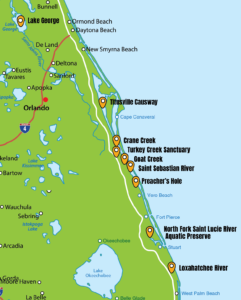 Our Foundation and conservation partners like Sea & Shoreline are committed to protecting and restoring seagrass habitats. Our long-term work of restoring the lagoon’s overall health starts by replanting vegetation at nine sites with promising water quality. At one such site, 60,000 eelgrass plants were transplanted and are being protected so they can expand rapidly, becoming an important food source for manatees in the Loxahatchee River, a tributary for the lagoon.
Our Foundation and conservation partners like Sea & Shoreline are committed to protecting and restoring seagrass habitats. Our long-term work of restoring the lagoon’s overall health starts by replanting vegetation at nine sites with promising water quality. At one such site, 60,000 eelgrass plants were transplanted and are being protected so they can expand rapidly, becoming an important food source for manatees in the Loxahatchee River, a tributary for the lagoon.
“Underwater plants are the lungs of the lagoon,” said Foundation Board Chair Carlos Alfonso. “Two-and-a-half acres of seagrass can support as many as 100,000 fish and 100 million invertebrates, in addition to providing manatees with a crucial food source.”
Funding for these plantings has come from Bass Pro Shops and Cabela’s Outdoor Fund, the Nancy P. and Richard K. Robbins Family Foundation, the Coastal Conservation Association, the Coypu Foundation, the Arthur L. & Elaine V. Johnson Foundation, Mr. Daniel Maltz, the Fox Rock Foundation, and many others. In all, more than 1,400 individuals, businesses, and foundations donated $2 million to restore marine vegetation.
This Seagrass Awareness Month, you can help by practicing responsible boating, reducing nutrient pollution to minimize the impact on seagrass beds, and spreading the word about the importance of these critical habitats.
